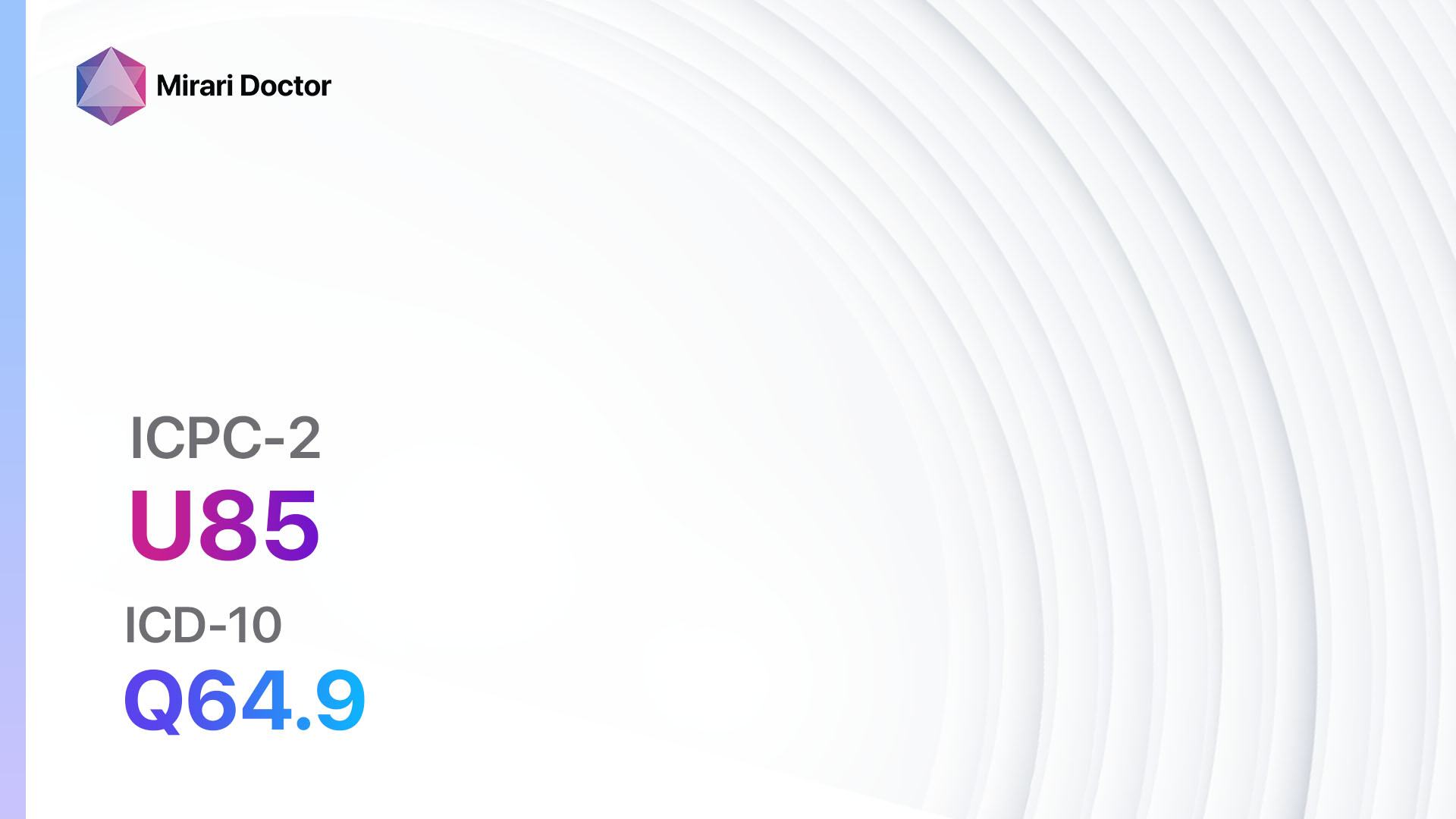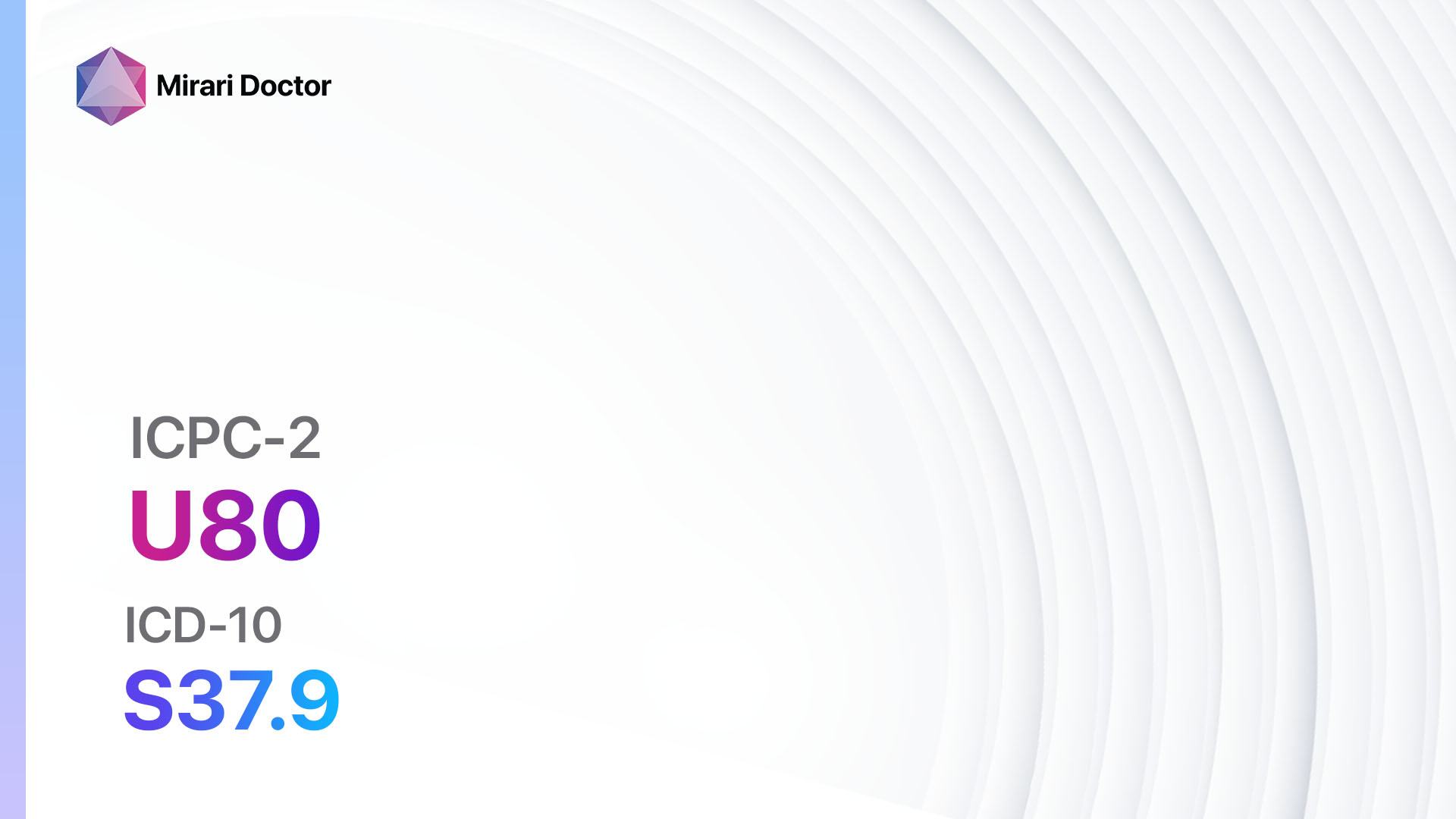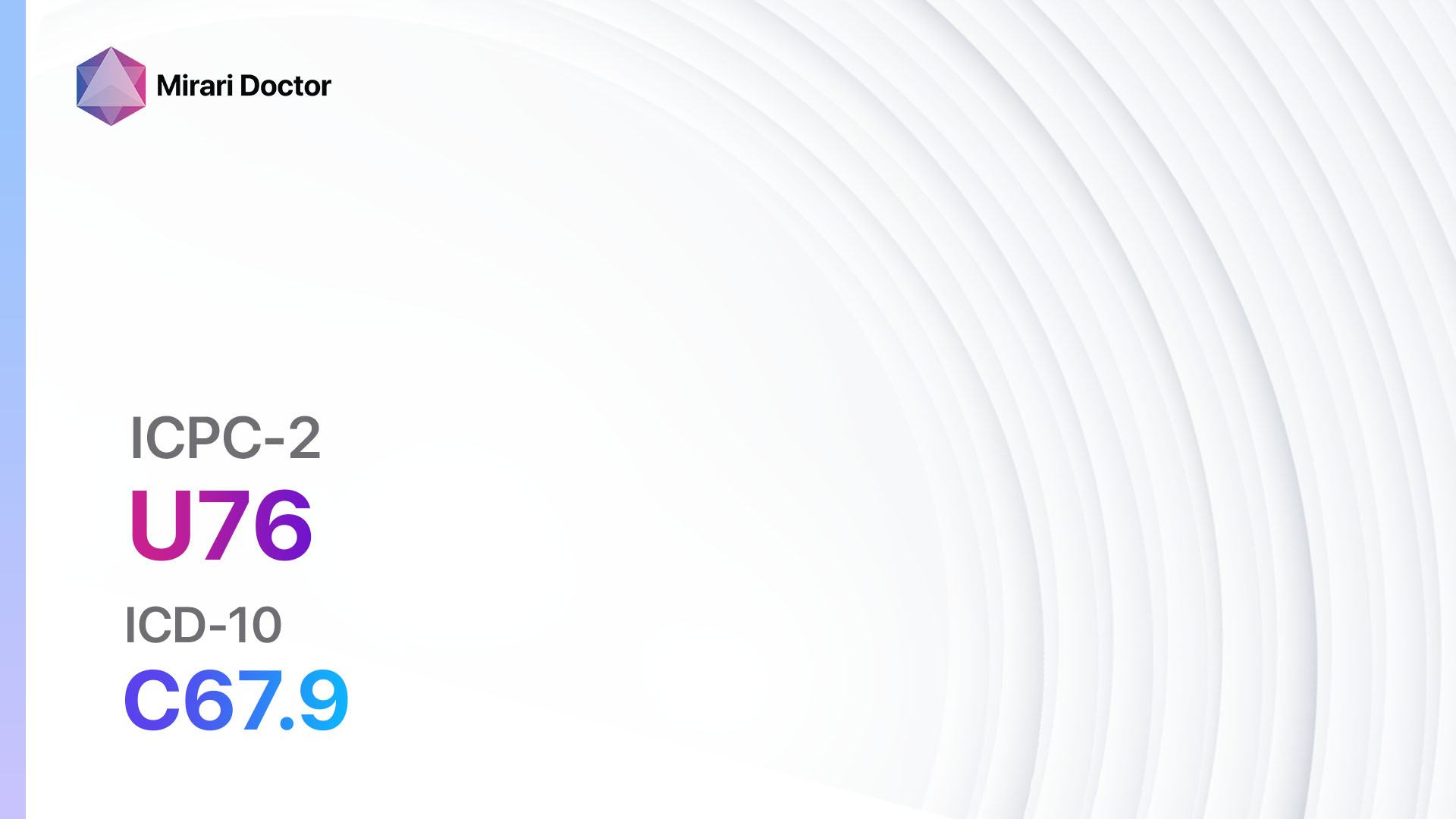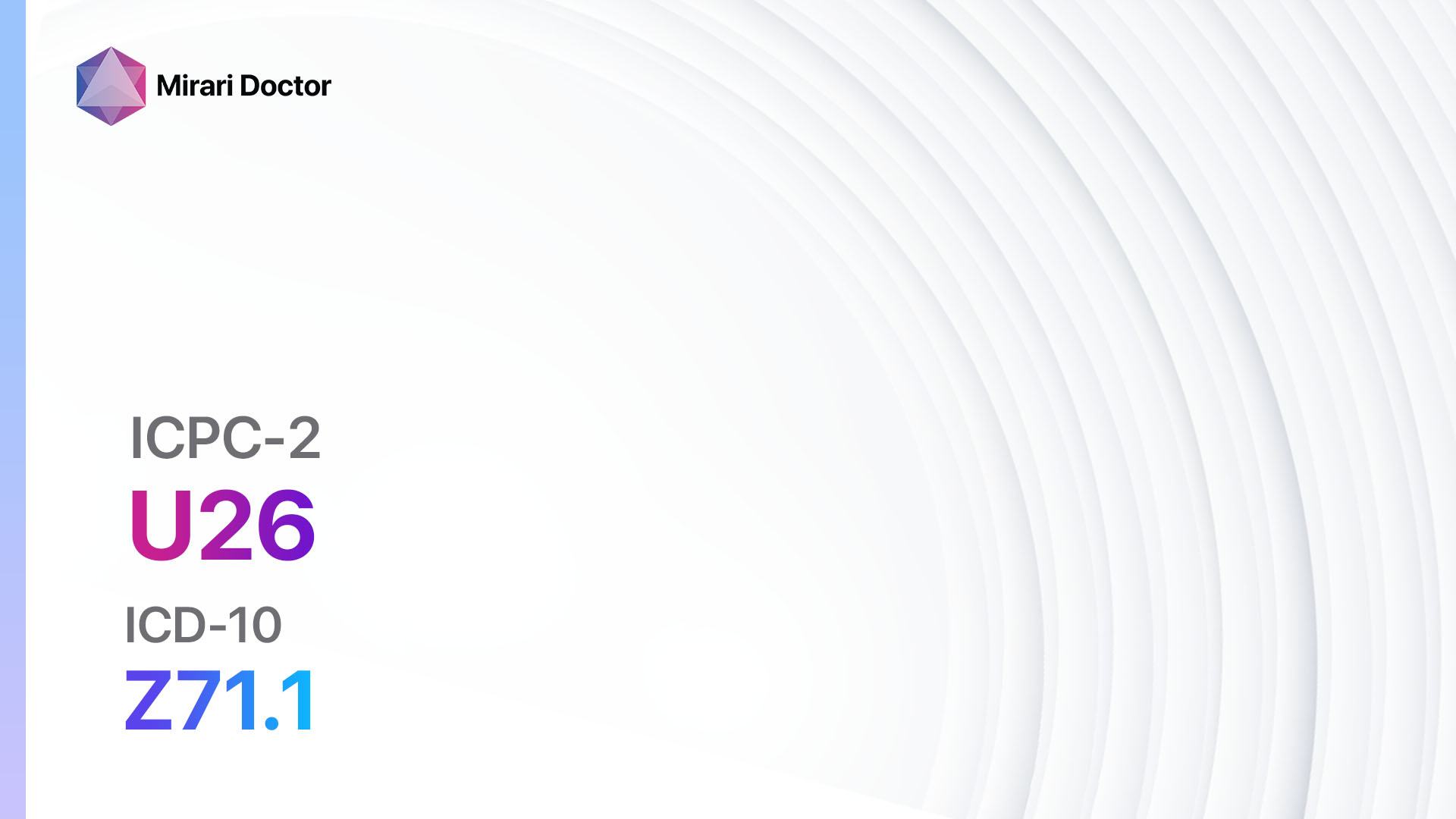
Introduction
Urethritis is a condition characterized by inflammation of the urethra, the tube that carries urine from the bladder to the outside of the body. It can be caused by various factors, including infections, irritants, and sexually transmitted infections (STIs)[1]. This guide aims to provide a comprehensive overview of the symptoms, causes, diagnostic steps, possible interventions, and lifestyle interventions for urethritis.
Codes
Symptoms
- Pain or burning sensation during urination[2]
- Frequent urge to urinate[3]
- Discharge from the urethra[4]
- Blood in the urine or semen[5]
- Pain or discomfort in the genital area[6]
- Swelling or redness of the urethral opening[7]
Causes
- Bacterial infection, such as gonorrhea or chlamydia[8]
- Viral infection, such as herpes simplex virus[9]
- Irritation from chemicals, such as soaps or spermicides[10]
- Injury or trauma to the urethra
- Sexual activity, including unprotected sex
Diagnostic Steps
Medical History
- Gather information about the patient’s sexual history, including recent sexual partners and practices.
- Ask about any recent urinary tract infections or other genital infections.
- Inquire about any recent exposure to irritants or chemicals that may have caused urethritis.
Physical Examination
- Inspect the genital area for any signs of inflammation, discharge, or lesions.
- Palpate the urethra for tenderness or swelling.
- Check for enlarged lymph nodes in the groin area.
Laboratory Tests
- Urine analysis: A urine sample is collected to check for the presence of white blood cells, red blood cells, and bacteria.
- Urethral swab: A swab is taken from the urethra to test for the presence of bacteria or viruses.
- STI testing: Depending on the patient’s sexual history, testing for common STIs, such as gonorrhea and chlamydia, may be recommended.
Diagnostic Imaging
- No specific imaging tests are typically required for the diagnosis of urethritis. However, in cases where complications are suspected, such as urinary tract obstruction, an ultrasound or CT scan may be performed.
Other Tests
- Blood tests: In some cases, blood tests may be ordered to check for the presence of certain antibodies or markers of infection.
- Culture and sensitivity testing: If the initial tests are inconclusive or if the patient does not respond to treatment, a culture may be performed to identify the specific bacteria causing the infection and determine the most effective antibiotic.
Follow-up and Patient Education
- Schedule a follow-up appointment to monitor the patient’s response to treatment and ensure complete resolution of symptoms.
- Provide education on safe sexual practices, including the use of barrier methods and regular STI testing.
- Emphasize the importance of completing the full course of antibiotics, even if symptoms improve.
Possible Interventions
Traditional Interventions
Medications:
Top 5 drugs for Urethritis:
- Azithromycin:
- Cost: $10-$50 for a course of treatment.
- Contraindications: Hypersensitivity to macrolide antibiotics.
- Side effects: Nausea, diarrhea, abdominal pain.
- Severe side effects: Liver dysfunction, allergic reactions.
- Drug interactions: Warfarin, digoxin, antacids.
- Warning: May cause QT prolongation.
- Doxycycline:
- Cost: $10-$50 for a course of treatment.
- Contraindications: Hypersensitivity to tetracycline antibiotics, pregnancy.
- Side effects: Nausea, vomiting, photosensitivity.
- Severe side effects: Severe skin reactions, liver dysfunction.
- Drug interactions: Warfarin, antacids, oral contraceptives.
- Warning: Avoid use in children under 8 years of age.
- Ceftriaxone:
- Cost: $10-$50 for a single dose.
- Contraindications: Hypersensitivity to cephalosporin antibiotics.
- Side effects: Injection site reactions, diarrhea.
- Severe side effects: Severe allergic reactions, pseudomembranous colitis.
- Drug interactions: Calcium-containing products.
- Warning: Use with caution in patients with renal impairment.
- Ciprofloxacin:
- Cost: $10-$50 for a course of treatment.
- Contraindications: Hypersensitivity to fluoroquinolone antibiotics, pregnancy.
- Side effects: Nausea, diarrhea, headache.
- Severe side effects: Tendon rupture, peripheral neuropathy.
- Drug interactions: Warfarin, theophylline, antacids.
- Warning: Increased risk of Clostridium difficile-associated diarrhea.
- Metronidazole:
- Cost: $10-$50 for a course of treatment.
- Contraindications: Hypersensitivity to nitroimidazole antibiotics, pregnancy.
- Side effects: Nausea, metallic taste, dark urine.
- Severe side effects: Seizures, peripheral neuropathy.
- Drug interactions: Warfarin, alcohol, disulfiram.
- Warning: Avoid alcohol consumption during treatment.
Alternative Drugs:
- Erythromycin: An alternative to azithromycin or doxycycline.
- Levofloxacin: An alternative to ciprofloxacin.
- Gentamicin: An alternative for patients with severe penicillin allergies.
- Trimethoprim-sulfamethoxazole: An alternative for patients with sulfa allergies.
- Clindamycin: An alternative for patients with beta-lactam allergies.
Surgical Procedures:
- No surgical procedures are typically required for the treatment of urethritis.
Alternative Interventions
- Probiotics: Certain strains of probiotics may help restore the natural balance of bacteria in the genital area. Cost: $10-$50 per month.
- Herbal remedies: Some herbs, such as goldenseal or echinacea, may have antimicrobial properties. Cost: Varies depending on the specific herb and formulation.
- Warm sitz baths: Soaking the genital area in warm water may help relieve discomfort and promote healing. Cost: Minimal.
- Pelvic floor exercises: Strengthening the pelvic floor muscles may help improve urinary symptoms. Cost: Minimal.
- Stress reduction techniques: Stress can exacerbate symptoms of urethritis, so techniques such as meditation or yoga may be beneficial. Cost: Varies depending on the specific practice.
Lifestyle Interventions
- Avoid irritants: Encourage the patient to avoid using harsh soaps, perfumed products, or spermicides that may irritate the urethra. Cost: Minimal.
- Hydration: Drinking plenty of water can help flush out bacteria and promote healing. Cost: Minimal.
- Safe sexual practices: Educate the patient on the importance of using barrier methods, such as condoms, to prevent the spread of infections. Cost: Varies depending on the specific method chosen.
- Regular STI testing: Encourage the patient to undergo regular STI testing, especially if they engage in high-risk sexual behaviors. Cost: Varies depending on the testing facility.
- Healthy diet: A balanced diet rich in fruits, vegetables, and whole grains can support overall immune function. Cost: Varies depending on individual food choices.
It is important to note that the cost ranges provided are approximate and may vary depending on the location and availability of the interventions.
Mirari Cold Plasma Alternative Intervention
Understanding Mirari Cold Plasma
- Safe and Non-Invasive Treatment: Mirari Cold Plasma is a safe and non-invasive treatment option for various skin conditions. It does not require incisions, minimizing the risk of scarring, bleeding, or tissue damage.
- Efficient Extraction of Foreign Bodies: Mirari Cold Plasma facilitates the removal of foreign bodies from the skin by degrading and dissociating organic matter, allowing easier access and extraction.
- Pain Reduction and Comfort: Mirari Cold Plasma has a local analgesic effect, providing pain relief during the treatment, making it more comfortable for the patient.
- Reduced Risk of Infection: Mirari Cold Plasma has antimicrobial properties, effectively killing bacteria and reducing the risk of infection.
- Accelerated Healing and Minimal Scarring: Mirari Cold Plasma stimulates wound healing and tissue regeneration, reducing healing time and minimizing the formation of scars.
Mirari Cold Plasma Prescription
Video instructions for using Mirari Cold Plasma Device – U72 Urethritis (ICD-10:N34.1)
| Mild | Moderate | Severe |
| Mode setting: 1 (Infection) Location: 2 (Prostate & Uterus) Morning: 15 minutes, Evening: 15 minutes |
Mode setting: 1 (Infection) Location: 2 (Prostate & Uterus) Morning: 30 minutes, Lunch: 30 minutes, Evening: 30 minutes |
Mode setting: 1 (Infection) Location: 2 (Prostate & Uterus) Morning: 30 minutes, Lunch: 30 minutes, Evening: 30 minutes |
| Mode setting: 6 (Liver/Kidney Therapy) Location: 2 (Prostate & Uterus) Morning: 15 minutes, Evening: 15 minutes |
Mode setting: 6 (Liver/Kidney Therapy) Location: 2 (Prostate & Uterus) Morning: 30 minutes, Lunch: 30 minutes, Evening: 30 minutes |
Mode setting: 6 (Liver/Kidney Therapy) Location: 2 (Prostate & Uterus) Morning: 30 minutes, Lunch: 30 minutes, Evening: 30 minutes |
| Mode setting: 6 (Liver/Kidney Therapy) Location: 3 (Kidney, Liver & Spleen) Morning: 15 minutes, Evening: 15 minutes |
Mode setting: 6 (Liver/Kidney Therapy) Location: 3 (Kidney, Liver & Spleen) Morning: 30 minutes, Lunch: 30 minutes, Evening: 30 minutes |
Mode setting: 6 (Liver/Kidney Therapy) Location: 3 (Kidney, Liver & Spleen) Morning: 30 minutes, Lunch: 30 minutes, Evening: 30 minutes |
| Mode setting: 7 (Immunotherapy) Location: 1 (Sacrum) Morning: 15 minutes, Evening: 15 minutes |
Mode setting:7 (Immunotherapy) Location: 1 (Sacrum) Morning: 30 minutes, Lunch: 30 minutes, Evening: 30 minutes |
Mode setting:7 (Immunotherapy) Location: 1 (Sacrum) Morning: 30 minutes, Lunch: 30 minutes, Evening: 30 minutes |
| Total Morning: 60 minutes approx. $10 USD, Evening: 60 minutes approx. $10 USD |
Total Morning: 120 minutes approx. $20 USD, Lunch: 120 minutes approx. $20 USD, Evening: 120 minutes approx. $20 USD, |
Total Morning: 120 minutes approx. $20 USD, Lunch: 120 minutes approx. $20 USD, Evening: 120 minutes approx. $20 USD, |
| Usual treatment for 7-60 days approx. $140 USD – $1200 USD | Usual treatment for 6-8 weeks approx. $2,520 USD – $3,360 USD |
Usual treatment for 3-6 months approx. $5,400 USD – $10,800 USD
|
 |
|
Use the Mirari Cold Plasma device to treat Urethritis effectively.
WARNING: MIRARI COLD PLASMA IS DESIGNED FOR THE HUMAN BODY WITHOUT ANY ARTIFICIAL OR THIRD PARTY PRODUCTS. USE OF OTHER PRODUCTS IN COMBINATION WITH MIRARI COLD PLASMA MAY CAUSE UNPREDICTABLE EFFECTS, HARM OR INJURY. PLEASE CONSULT A MEDICAL PROFESSIONAL BEFORE COMBINING ANY OTHER PRODUCTS WITH USE OF MIRARI.
Step 1: Cleanse the Skin
- Start by cleaning the affected area of the skin with a gentle cleanser or mild soap and water. Gently pat the area dry with a clean towel.
Step 2: Prepare the Mirari Cold Plasma device
- Ensure that the Mirari Cold Plasma device is fully charged or has fresh batteries as per the manufacturer’s instructions. Make sure the device is clean and in good working condition.
- Switch on the Mirari device using the power button or by following the specific instructions provided with the device.
- Some Mirari devices may have adjustable settings for intensity or treatment duration. Follow the manufacturer’s instructions to select the appropriate settings based on your needs and the recommended guidelines.
Step 3: Apply the Device
- Place the Mirari device in direct contact with the affected area of the skin. Gently glide or hold the device over the skin surface, ensuring even coverage of the area experiencing.
- Slowly move the Mirari device in a circular motion or follow a specific pattern as indicated in the user manual. This helps ensure thorough treatment coverage.
Step 4: Monitor and Assess:
- Keep track of your progress and evaluate the effectiveness of the Mirari device in managing your Urethritis. If you have any concerns or notice any adverse reactions, consult with your health care professional.
Note
This guide is for informational purposes only and should not replace the advice of a medical professional. Always consult with your healthcare provider or a qualified medical professional for personal advice, diagnosis, or treatment. Do not solely rely on the information presented here for decisions about your health. Use of this information is at your own risk. The authors of this guide, nor any associated entities or platforms, are not responsible for any potential adverse effects or outcomes based on the content.
Mirari Cold Plasma System Disclaimer
- Purpose: The Mirari Cold Plasma System is a Class 2 medical device designed for use by trained healthcare professionals. It is registered for use in Thailand and Vietnam. It is not intended for use outside of these locations.
- Informational Use: The content and information provided with the device are for educational and informational purposes only. They are not a substitute for professional medical advice or care.
- Variable Outcomes: While the device is approved for specific uses, individual outcomes can differ. We do not assert or guarantee specific medical outcomes.
- Consultation: Prior to utilizing the device or making decisions based on its content, it is essential to consult with a Certified Mirari Tele-Therapist and your medical healthcare provider regarding specific protocols.
- Liability: By using this device, users are acknowledging and accepting all potential risks. Neither the manufacturer nor the distributor will be held accountable for any adverse reactions, injuries, or damages stemming from its use.
- Geographical Availability: This device has received approval for designated purposes by the Thai and Vietnam FDA. As of now, outside of Thailand and Vietnam, the Mirari Cold Plasma System is not available for purchase or use.
References
- Cleveland Clinic. Urethritis. https://my.clevelandclinic.org/health/diseases/22858-urethritis
- Vinmec. Urethritis: How is it treated? https://www.vinmec.com/en/news/health-news/general-health-check/urethritis-how-is-it-treated/
- Vinmec. Causes and symptoms of urethritis in children. https://www.vinmec.com/en/news/health-news/pediatrics/causes-and-symptoms-of-urethritis-in-children/
- WebMD. Urethritis: Causes, Symptoms, and Treatment. https://www.webmd.com/a-to-z-guides/urethritis-symptoms-causes-treatments
- NHS. Urethritis. https://www.nhs.uk/conditions/urethritis/
- Healthline. Urethritis: Causes, Treatment, & Prevention. https://www.healthline.com/health/urethritis
- Drugs.com. Urethritis. https://www.drugs.com/health-guide/urethritis.html
- Medscape. Urethritis. https://emedicine.medscape.com/article/438091-overview
- Medscape. Urethritis Workup. https://emedicine.medscape.com/article/438091-workup
- CDC. Urethritis and Cervicitis. https://www.cdc.gov/std/treatment-guidelines/urethritis-and-cervicitis.htm
Related articles
Made in USA



























